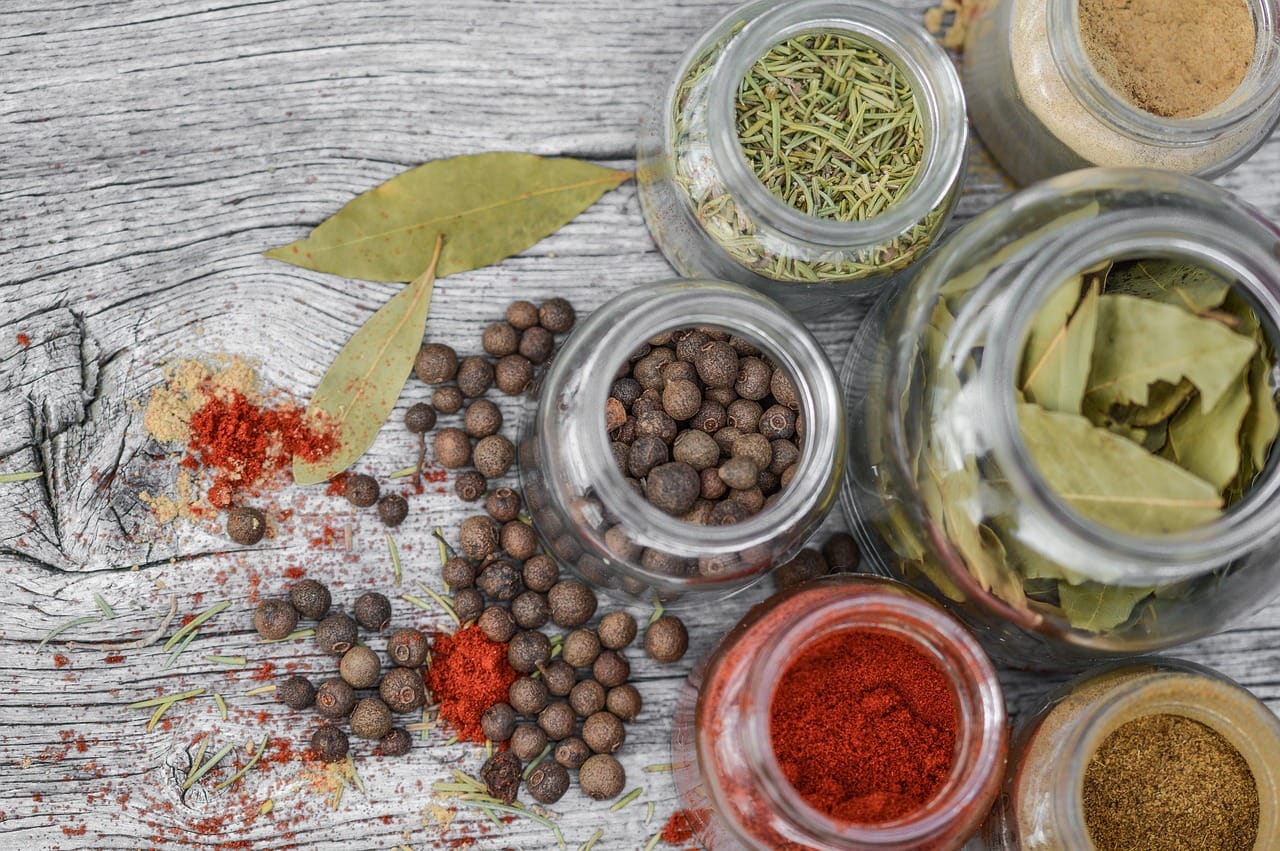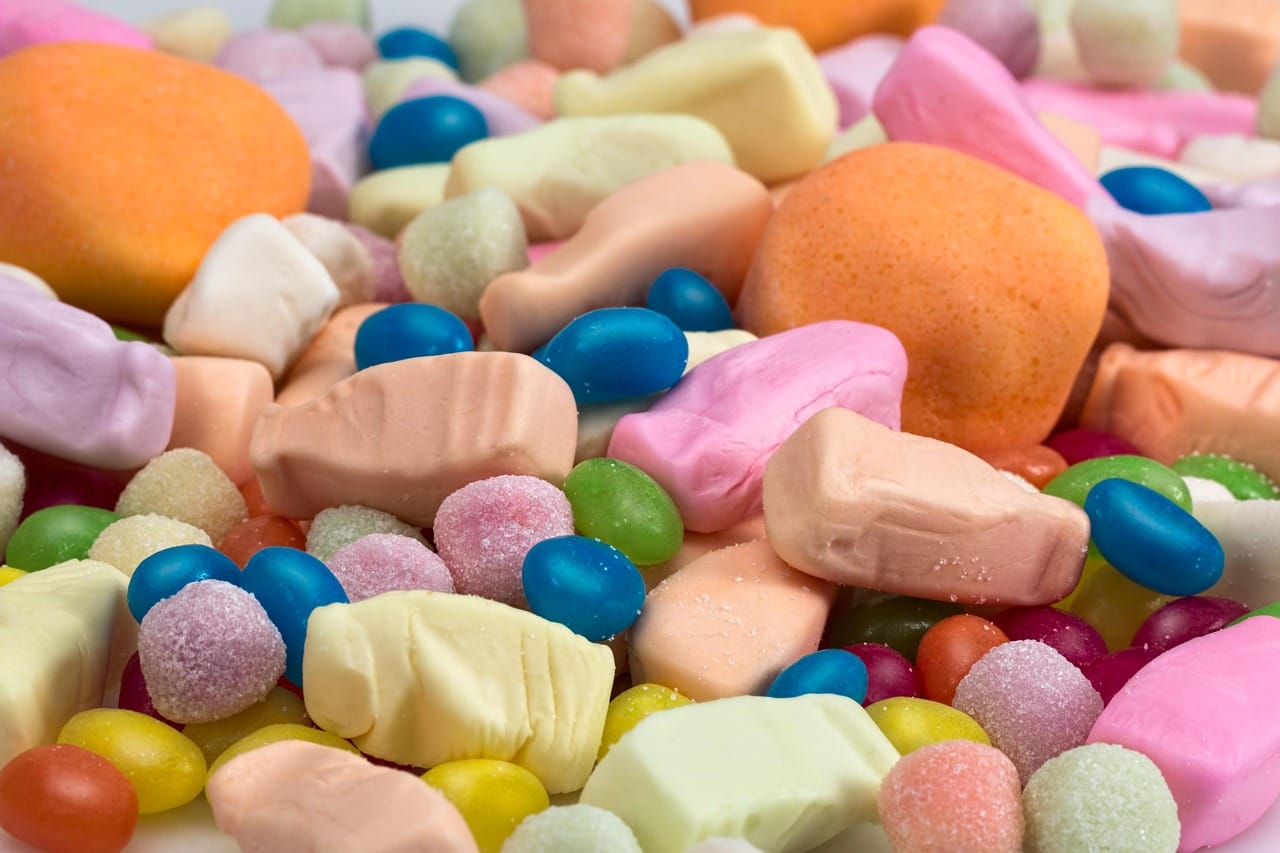Popcorn, the quintessential snack that accompanies movie nights, sporting events, and cozy evenings at home, is more than just a tasty treat. This humble kernel holds a rich history, nutritional benefits, and a surprising array of preparation methods. From the simple stovetop popper to gourmet creations, let’s delve into the world of popcorn and discover what makes it such a beloved snack.
The History of Popcorn: More Than Just a Movie Snack
Ancient Origins
Popcorn’s history stretches back thousands of years. Archaeological evidence suggests that popcorn was consumed as early as 7600 years ago in Peru. It wasn’t just food; it played a role in ceremonies and was used for decoration. Corn kernels, well-preserved in dry climates, have been found in burial sites, demonstrating its cultural significance.
- Early popcorn wasn’t the fluffy snack we know today. It was likely smaller and chewier.
- Native American tribes across the Americas cultivated and consumed popcorn in various forms.
Popcorn in the Modern Era
Popcorn’s popularity surged in the United States during the Great Depression, offering an affordable and readily available treat. The introduction of commercial popcorn machines in movie theaters solidified its place as the quintessential movie snack.
- During World War II, sugar shortages limited candy production, further boosting popcorn consumption.
- Today, billions of quarts of popcorn are consumed annually in the United States alone.
The Science of the Pop: Understanding the Magic
The Kernel’s Secret
The magic of popcorn lies in its unique kernel structure. Each kernel contains a small amount of moisture trapped inside a hard, starchy shell called the pericarp.
- When heated, the water inside the kernel turns to steam.
- As the pressure builds, the pericarp eventually ruptures, releasing the steam and causing the starch to explode outwards, creating the fluffy popcorn we love.
Types of Popcorn Kernels: Butterfly vs. Mushroom
There are two primary types of popcorn kernels: butterfly (or snowflake) and mushroom.
- Butterfly: This type produces large, irregular shapes with “wings,” making it ideal for snacking due to its tenderness. However, its shape is more prone to breakage, so it’s not ideal for candy coatings.
- Mushroom: This type produces round, dense kernels that are less likely to break. It’s preferred for pre-made popcorn and candy-coated varieties because it can withstand handling and coating processes better.
Understanding Moisture Content
The moisture content of popcorn kernels is crucial for a successful pop. Kernels that are too dry won’t pop properly, while kernels that are too moist can result in soggy popcorn.
- Ideally, popcorn kernels should have a moisture content of around 14%.
- To test if your popcorn is too dry, try popping a small batch. If many kernels don’t pop, you can try rehydrating them by adding a tablespoon of water to the jar and shaking well, then letting it sit for a few days.
Popcorn Preparation: From Stovetop to Microwave
Stovetop Popcorn: The Classic Method
The stovetop method offers control and allows for customization of flavors and oils.
- Use a heavy-bottomed pot with a tight-fitting lid.
- Add 2-3 tablespoons of high-smoke-point oil, such as coconut oil, canola oil, or avocado oil.
- Add 3-4 kernels to the pot and cover. When those kernels pop, add the remaining popcorn (about ½ cup) in an even layer.
- Cover and shake the pot occasionally to prevent burning.
- Once the popping slows to a few seconds between pops, remove from heat.
Air-Popped Popcorn: A Healthy Alternative
Air-popping is a healthy, oil-free method that produces light and fluffy popcorn.
- Air poppers use hot air to heat the kernels, causing them to pop without the need for oil.
- This method results in lower calorie and fat content.
- Air-popped popcorn can be topped with healthy seasonings like nutritional yeast, herbs, or spices.
Microwave Popcorn: Convenience with Caution
While convenient, microwave popcorn often contains unhealthy additives and can be high in calories and sodium.
- Choose microwave popcorn brands with minimal ingredients and no added artificial flavors or trans fats.
- Be cautious of burned popcorn, as it can release harmful chemicals.
- Consider making your own microwave popcorn by placing ¼ cup of kernels in a paper bag, folding the top over a few times, and microwaving for 2-3 minutes, or until the popping slows.
Health Benefits and Nutritional Value
A Whole Grain Snack
Popcorn is a whole grain, providing fiber, antioxidants, and essential nutrients.
- Whole grains are associated with a reduced risk of heart disease, type 2 diabetes, and certain cancers.
- A 3.5-ounce (100-gram) serving of air-popped popcorn provides about 15 grams of fiber.
Rich in Antioxidants
Popcorn contains polyphenols, which are antioxidants that can help protect against cell damage.
- Antioxidants help neutralize free radicals, reducing inflammation and potentially preventing chronic diseases.
- Popcorn’s antioxidant content is comparable to that of some fruits and vegetables.
Low in Calories (When Prepared Simply)
Air-popped popcorn is naturally low in calories, making it a satisfying and guilt-free snack.
- A cup of air-popped popcorn contains only about 31 calories.
- However, adding butter, oil, or sugary toppings can significantly increase the calorie and fat content.
Important Considerations
While popcorn can be a healthy snack, portion control is important. Overconsumption, especially of heavily buttered or sweetened popcorn, can lead to weight gain. Be mindful of added ingredients and opt for healthier alternatives like spices and herbs.
Gourmet Popcorn: Elevating the Snack Experience
Flavor Combinations and Toppings
Popcorn can be transformed into a gourmet treat with a variety of flavors and toppings.
- Sweet: Caramel, chocolate, kettle corn, cinnamon sugar, maple syrup.
- Savory: Cheese, truffle oil, herbs, spices, nutritional yeast, parmesan cheese.
- Spicy: Chili powder, cayenne pepper, sriracha, jalapenos.
Creative Popcorn Recipes
Experiment with different popcorn recipes to create unique and delicious snacks.
- Caramel Popcorn: Combine popcorn with a homemade or store-bought caramel sauce and bake until crispy.
- Truffle Parmesan Popcorn: Toss popcorn with truffle oil, grated Parmesan cheese, and salt.
- Spicy Ranch Popcorn: Mix popcorn with a blend of ranch seasoning and a pinch of cayenne pepper.
Tips for Making Gourmet Popcorn
- Use high-quality popcorn kernels for the best flavor and texture.
- Toast spices before adding them to enhance their flavor.
- Add toppings while the popcorn is still warm so they adhere better.
Conclusion
Popcorn is a versatile and beloved snack with a rich history, nutritional benefits, and endless possibilities for customization. Whether you prefer the classic stovetop method, the healthy air-popped version, or the convenience of microwave popcorn (prepared mindfully!), there’s a popcorn recipe out there for everyone. So, next time you’re looking for a satisfying and wholesome snack, reach for a bag of kernels and get popping!




